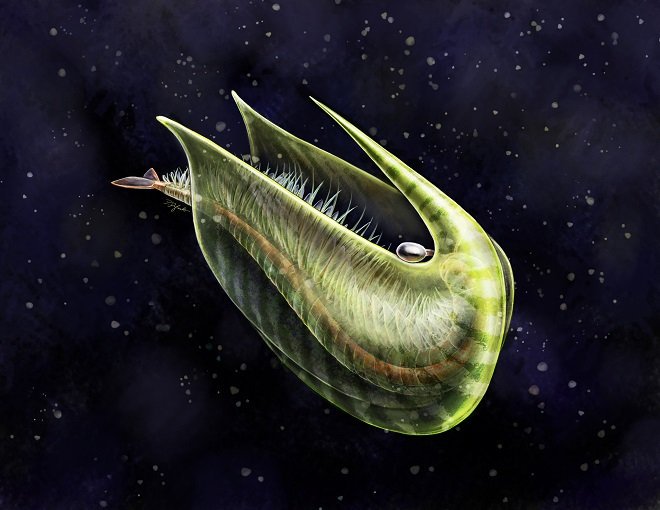For this #CtenophoreThursday, a spectacular group of "Harp" ctenophores (Lyrocteis imperatoris) seen by @SchmidtOcean ROV while exploring Lihou Reef in the Coral Sea Marine Park off the east coast of Australia on the Queensland Plateau, depth 358 m below the surface 🌊🎼
Presenting (belatedly) the backstroke swimmer of the Cambrian seas, the ~0.5 billion years old Fibulacaris nereidis - new #BurgessShale research by @trichodes & @ROMtoronto's Dr. Jean-Bernard Caron.
Reconstruction by @MesozoicMuse
Read more: https://t.co/2OI9TbMop2
"#BurgessShale fossils shed light on the agnostid problem" - new research by Joseph Moysiuk and @ROMtoronto's Dr. Jean-Bernard Caron.
Illustration by @MesozoicMuse.
Read more: https://t.co/hYjLpZ5Uho
Closeups of black corals growing on sponge,unnamed seamount,MarianaTrenchMarineNationalMonument,depth ~2km #Okeanos











